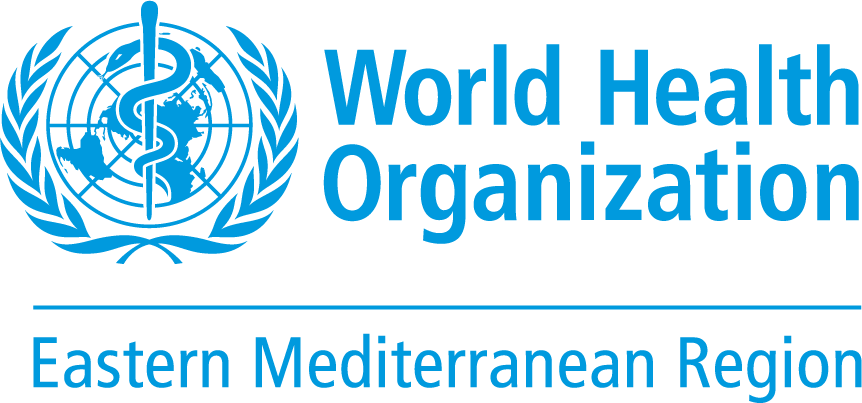Policy priority setting is about the decision-making process of allocating limited resources to different policy areas. It involves the contextual side of policy-making and having an understanding of the local needs and priorities. This training package covers content on understanding context through use of data, policy analysis and community engagement, problem definition and preparing policy options. The supplementary materials at the end are for optional further reading.
Key learning objectives include:
explaining the purpose of a community assessment, how to undertake one and applying the findings;
describing different data sources and perspectives that can be used to undertake policy analysis and how these can be applied to priority-setting;
developing a concise problem statement of the health problem/issue/policy under consideration;
balancing the pros and cons of different policy options.
Policy analysis and preparing policy options
The online courses below provide a comprehensive outline of the strategies and tools you may need to facilitate policy prioritization. They include modules on different forms of public health data, methods of stakeholder engagement and policy analysis, guidance on defining the problem that is the subject of consideration and different conceptual strategies to approach policy analysis and design.
|
Topic |
Source |
Title |
Format |
Duration |
Cost and access |
|
Develop problem statement; developing policy options |
Northwest Center for Public Health Practice at The University of Washington (PH Learn Link) |
Evidence-based public health training series Please review all content in Modules 3,4 + 6: 3. Quantifying the issue 4. Developing a concise statement of the issue 6. Developing and prioritizing programme and policy options |
Online course |
2–3 hours |
Free with registration and login |
|
Policy analysis; developing policy options |
Centers for Disease Control and Prevention (CDC) |
Online course |
1–2 hours |
Free with registration and login |
|
|
Policy analysis |
Harvard University |
Online course |
1 hour |
Free, no login required. Follow the link "Take Course". The material can be accessed by clicking the hyperlinks "Modules" or "1.1 Faculty Welcome". |
Supplementary materials
All supplementary materials are optional. The first and second text materials provide further guidance on the different factors involved in developing policies and agenda setting. The last text material provides scenarios to support application of what you have learnt.
|
Topic |
Source |
Title |
Format |
Duration |
Cost and access |
|
Agenda setting; policy development |
WHO |
Strategizing national health in the 21st century: a handbook Please review all content in Chapter 4: Priority-setting for national health policies, strategies and plans
|
Text |
2 hours |
Free, no login required |
|
McMaster University |
Setting agendas and developing and implementing policies: summary sheet |
Text |
15 minutes |
Free, no login required |
|
|
Develop problem statement; developing policy options |
SUPPORT project |
SUPPORT tools for evidence-informed health policy-making Please read: Papers STP 3-6 + 16
|
Text |
4–5 hours |
Free, no login required |
|
Problem identification |
CDC Train |
Problem identification in the policy process and how systems thinking fits in |
Web-based training |
1 hour |
Requires log in |
|
Problem solving; policy engagement; systems thinking; change management |
CDC Train |
An overview of the policy process in public health and the need for systems thinking |
Web-based training |
1 hour |
Requires log in |




